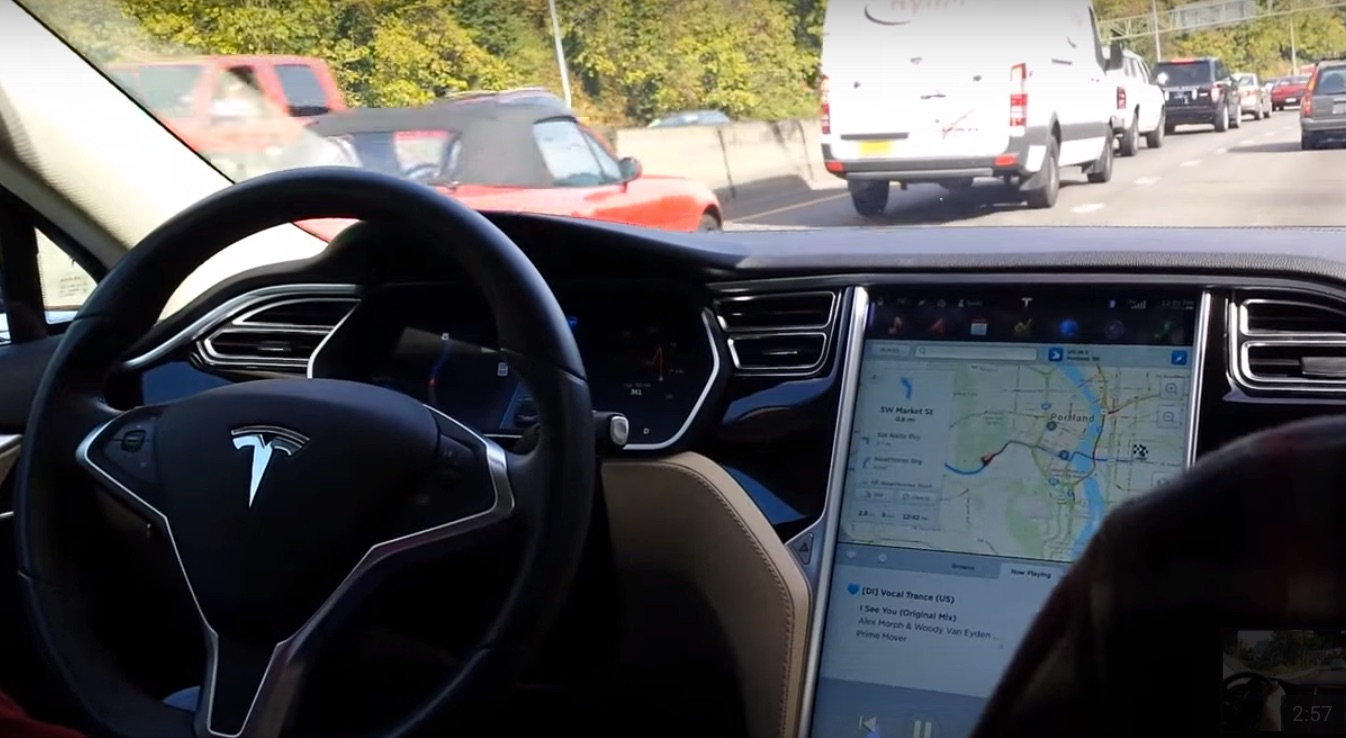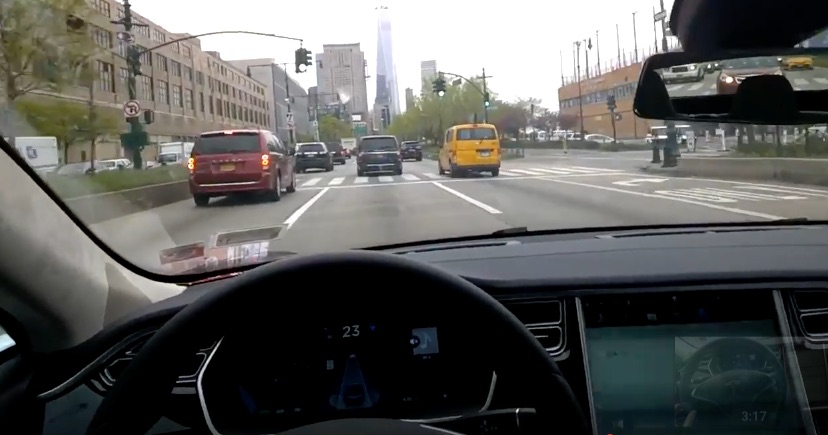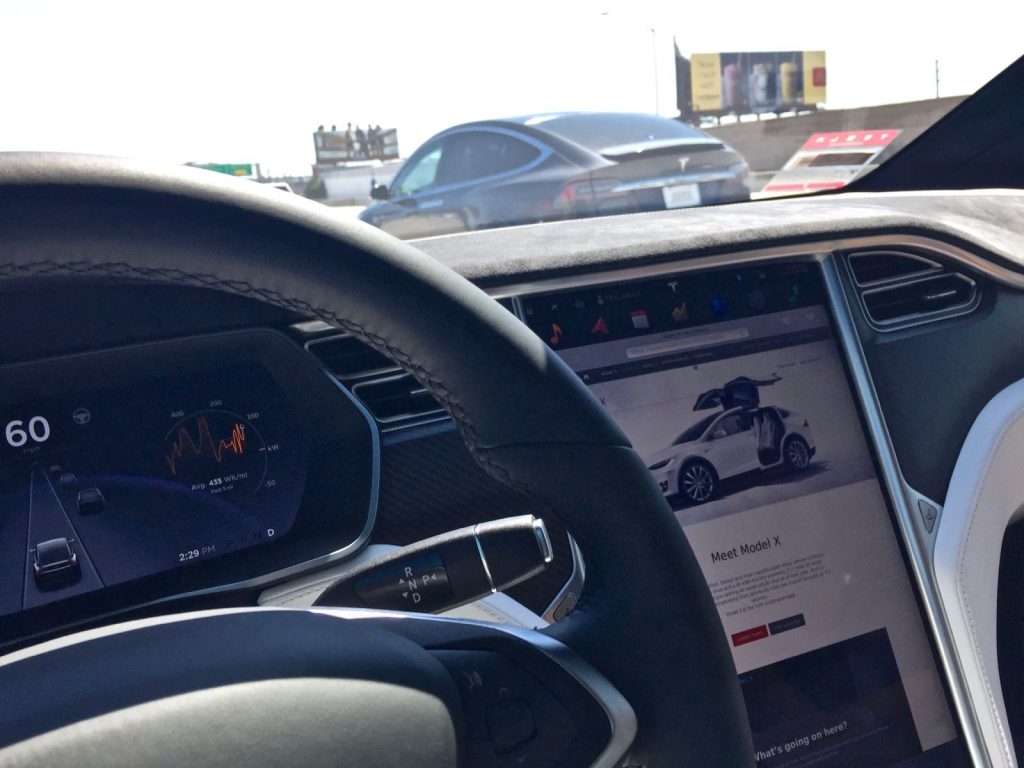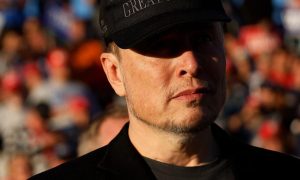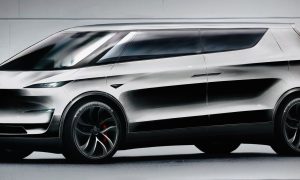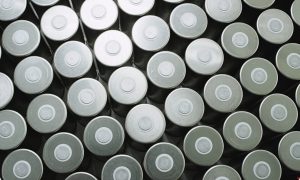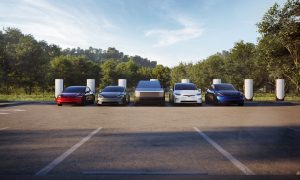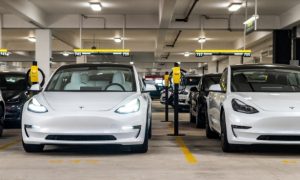Just one tap on your phone could summon a Tesla right to your house as you enjoy your morning coffee. Not a morning person? Don’t worry about needing to make small talk with your driver—this car is driving itself. Take your coffee with you, hop in, and travel in comfort and style wherever you want to go. All that, and your trip costs less than a bus ticket.
That is the future according to Elon Musk with his proposed autonomous ride-sharing “Tesla Network.”
The ambitious Tesla CEO expects all new cars to be fully autonomous within the next 10 years and that owning a “regular” non-self-driving car will be akin to owning a horse. According to Musk’s “Master Plan, Part Deux”— which he released in summer 2016 as a follow up to his 2006 “Secret Tesla Motors Master Plan”— Tesla’s objectives include the official development of “a self-driving capability that is 10X safer than manual via massive fleet learning” and the ability of “car to make money for you when you aren’t using it.” Given that the typical car owner only uses their vehicle during about 5 to 10 percent of the day, having your car make money for the other 90 to 95 percent of the day could be a pretty sweet deal. While you’re at work, asleep, or even on vacation, your Tesla could be driving around the city, picking up and dropping off passengers without any extra effort on your part.
Tesla ride-sharing
The Tesla Network has the potential to upset the established ride-hailing giants, like Uber, in significant ways. Yet, it also has the potential to simply never materialize. Which road the Tesla Network ends up driving down depends on how quickly Tesla can develop its autonomous technology— and how quickly people can begin to trust it with their lives.
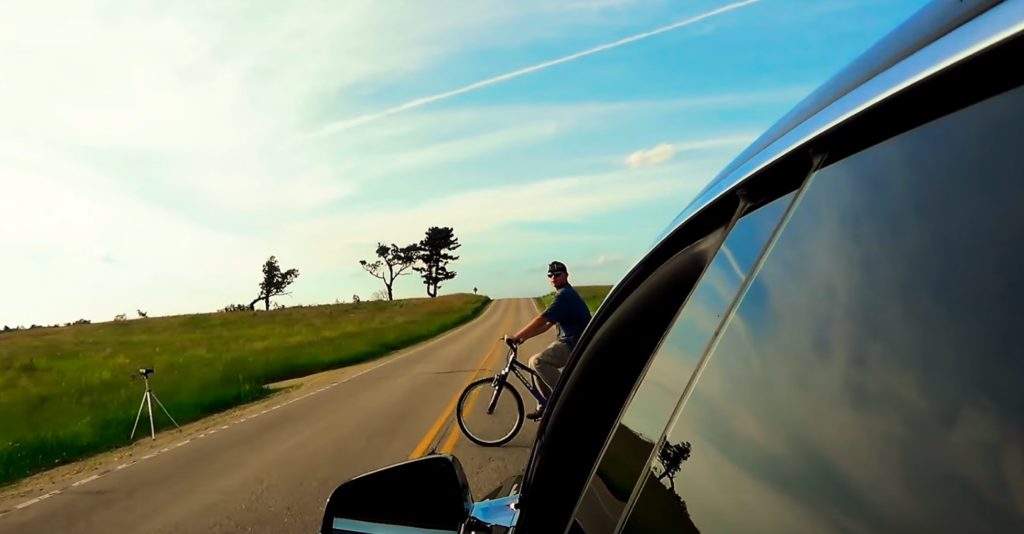
Tesla Model S owner tests human detection capabilities of Autopilot 2.0
All Tesla vehicles currently in production are equipped with the hardware necessary to support full autonomous driving in the future. For now, while Autopilot is impressive— it can change lanes, navigate traffic jams, and brake for obstacles with no human guidance needed—, it is far from perfect. The program is still technically in “public beta” testing, and rated by the National Transportation Safety Board as a 2 out of 5 on its scale of autonomy. To make up an effective fleet of self-driving vehicles riding around town while their owners are at work, Autopilot needs to be rated as a Level 5 on the NTSB’s scale. Musk predicts that Autopilot will be at true Level 5 autonomy within just two years. Even more ambitiously, he has announced that a Tesla will be able to drive completely autonomously from California to New York City by the end of this year.
Having this fleet could radically change the way that people get around each day. In a recent TED Talk, Musk said that the Tesla Network will provide cheaper transportation than public transport. This outcome would require both a large number of autonomous vehicles to be available to the public and would also require a large number of the public to use those vehicles. If both of these conditions are met, costs would plummet, potentially enough that Musk’s claim that riding on the Network “would cost less than a bus ticket” will come true. The owners of the Tesla Network fleet may have even more to benefit from the enterprise. By capitalizing on the average 95% of time their cars are simply parked in a garage or lot, Tesla hopes owners will be able to offset the relatively high cost of their vehicles or even exceed the cost and actually make profit.
However, just because one can own a Tesla with “Full Self-Driving Capability,” does not mean that they’re given free rein over the way they use that facility. Included in their order is a short, but important, disclaimer to sign: “Please note that using a self-driving Tesla for car sharing and ride hailing for friends and family is fine, but doing so for revenue purposes will only be permissible on the Tesla Network.”
The Competition
Musk is set on ensuring that the Tesla Network and its reputation grows in a controlled and organized fashion— and that the owner can’t use their car to support other competitors, like Uber or Lyft.
For those competitors, the Tesla Network threatens to disrupt their established leadership of the ride-hailing industry. Uber and Lyft, as well as automakers such as Cadillac, Audi, and Volvo, are furiously working to release their own Level 5 self-driving fleets of vehicles first, to take control of the market before anyone else can.
In a Business Insider interview, the president of GM, Dan Ammann, said most people won’t have their first autonomous vehicle experience in a car they actually own. Rather, he believes “it’s very clear that the first application of autonomous vehicles is in a ride-sharing setting.” GM has recently partnered with Lyft to develop autonomous vehicles. Tesla, meanwhile, is effectively locking Uber, Lyft, and other similar enterprises out of its Autopilot technology with its prohibition on using Tesla self-driving tech for revenue outside of the Network. Musk has implied that Tesla is not looking to be a direct competitor of Uber, saying, “It’s not Tesla versus Uber, it’s the people versus Uber.” On the other hand, Tesla rebuffed an offer last year by Uber’s former-CEO Travis Kalanick to partner in self-driving projects, as reported by Bloomberg.
Many people will use the Tesla Network to simply have experience riding in a Tesla that they may not be able to afford on their own. But for those who do own the coveted cars, how many will be willing to let others use their Teslas without supervision? Matthew DeBord of Business Insider notes, “Musk and his team are clearly thinking economically when they think about the Tesla Network. But they might not be thinking about how people really own cars — especially Teslas, which have around them a Ferrari-like halo of desirability.” Musk’s idea rests on the assumption that people’s desire to make extra money will outweigh their protective instincts of their Tesla. Of course, the advent of the mass-market Model 3, with a lower sticker price and higher availability, could affect this protectionism.
Safety First
The extent to which people are comfortable loaning their Teslas out will also depend on the degree to which the company is prepared to protect them from financial loss. When asked who bears the responsibility in a crash of a self-driving Tesla on the Tesla Network, Musk placed the majority of the burden on the owner of the vehicle. “I think it would be up to the individual’s insurance,” said Musk. “If it’s something endemic to our design, certainly we would take responsibility for that.” Uber and Lyft expanded their insurance coverage in 2015 to include liability insurance for drivers while they are “on duty.” It’s unclear whether Tesla owners would have a similar, if limited, safety net.
Of course, questions of insurance, liability, and use all depend on states giving permission to Tesla and others to use widespread self-driving technology first. Only a few states have any semblance of laws guiding self-driving cars’ testing and application, but Capitol Hill seems to be finally exploring the issue. A new bill being circulated in Washington would give federal regulators the power over self-driving tech, taking that authority from the states. Moving away from the patchwork of regulations, bans, and limitations between cities and states into a cohesive federal policy will help Musk’s Tesla Network grow in an organized and connected manner.
And even if regulators figure out how they want to control autonomous vehicles, Tesla still has to win the public’s trust to make the Tesla Network a widespread success. A 2017 Deloitte study shows that 74 percent of Americans don’t currently trust self-driving cars. Whether this is an easy fear to overcome or not is yet to be seen. But Musk’s ventures have consistently seen success in innovating first and asking questions second. The electric car, the reusable rocket, the solar roof, and the Tesla Network. The future is coming for us whether we’re ready or not.

